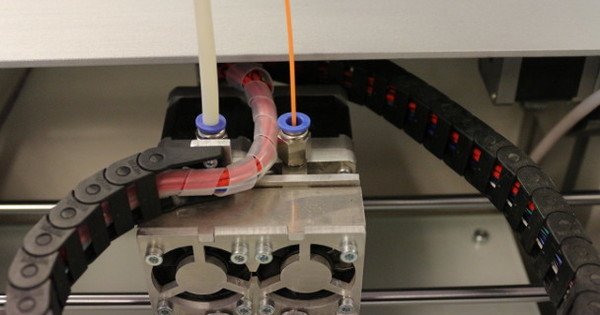For example, Windows 10 can be virtualized with the built-in Windows Sandbox function, but you then need Windows 10 Pro. Do you have Windows 10 Home and no need to incur costs for the upgrade? There are plenty of free virtualization alternatives to Windows Sandbox. We look specifically at VM VirtualBox in this article.
There are several reasons to work with a virtual environment. The most important is that you can try programs without any problems, without affecting your own primary work environment. For example, if you have a specific program in mind, but you do not fully trust it or are not yet convinced of the quality of the program, you can install it in a sandbox environment. If there are any problems, nothing will happen to your 'own' environment.
Another advantage is that you always start with a clean slate. This is an advantage, especially in the virtual environment of Windows Sandbox. You don't have to install Windows every time and keep it up to date. Are you interested in a virtual machine and see the benefits of Windows Sandbox, but don't have the Pro version of Windows 10? There are plenty of free alternatives, such as Oracle VM VirtualBox. After installing the program, open it via Start, Oracle VM VirtualBox.
Create virtual machine with VM VirtualBox
Unlike Windows Sandbox, VirtualBox requires an installation file from Windows. You have two options for this. You can download the media creation tool from the Windows 10 site. Press the button Download utility now. The wizard asks what you want to do: choose here ISO file, when asked what type of media you want to create. The utility then downloads the latest Windows installation files. In VirtualBox you can then install the Windows version in a virtual machine.
Choose Machine, New. Give the virtual machine an appropriate name and select the folder where the virtual machine should be stored. Bee Type and Version do you choose Microsoft Windows and Windows 10. Then indicate the desired memory size, with a minimum of 2 GB (2048 MB) for Windows 10. The following applies: the more memory you can allocate, the smoother the virtual machine runs. click on Next one. In the window Hard Drive do you choose Create new virtual hard drive now and click Create. In the window that follows, you agree to VirtualBox's default choice: VDI (VirtualBox Disk Image). click on Next one.

VirtualBox asks how to build the hard disk. We choose this Dynamically allocated. The disk will only increase to the maximum size during use and will not immediately take up valuable disk space. click on Next one and then indicate where the virtual hard disk should be stored and the maximum size of the disk. We agree with the default value of 50 GB. click on Create.
The virtual machine now appears in the VirtualBox overview and is almost ready to use. After all, now is the time to install Windows 10 within the virtual machine. Double-click the virtual machine to start it. VirtualBox notices that there is no Windows installation yet and now asks where the Windows installation files are located. Now point to the previously downloaded Windows 10 iso file.
After this, the Windows installation procedure begins. Follow the steps as you are used to with a normal installation of Windows 10. After the installation is complete, you will have a full Windows environment and you can restart the virtual machine: double click on the entry in the main VirtualBox window.
Turnkey Virtual Machine
If you don't feel like installing a virtual machine, you can also download a ready-made virtual machine from Microsoft. You can use this directly in VM VirtualBox. This route does have an important limitation: the licenses on the virtual machine are always temporary: after a certain period you need a new virtual machine.
Go to Microsoft's virtual machine page. Here you will find a ready-made virtual machine for various virtualization programs, including for VirtualBox. Click the button to download the virtual machine. The environment is provided as a compressed zip file. Extract the zip file and open VirtualBox. Then choose File, Import Appliance.
Browse to the newly downloaded virtual machine and select it. You recognize the file by the file extension .ova. click on Next one. Then check the settings shown in the window Settings Appliance. You don't have to adjust anything to this. click on Import. You can immediately get started with the virtual machine.

